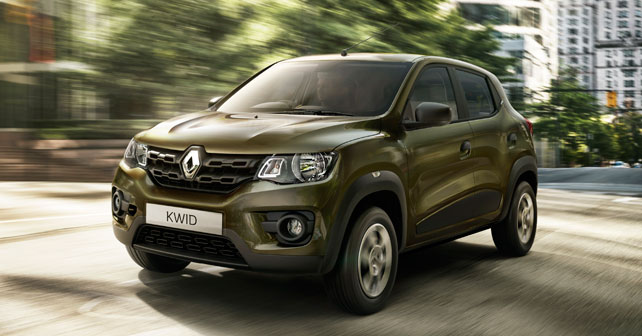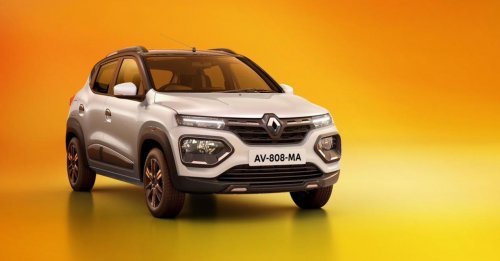As carmakers increase their focus on the Indian market for the next big sales push, Renault bets on a small car that seeks to compete with Maruti and Hyundai. But does the company’s latest product offer enough to capture the loyalty of the Indian buyer?
As any business executive worth his salt knows, in a widely spread out market such as the passenger car market, most companies can make a small niche for themselves – even in a complicated market like India. By offering capable products, they can make their presence felt and slowly work on building the brand. And as most manufacturers believe that India is going to be one of the biggest passenger vehicle markets in the world, the real challenge of growing scale lies in tackling the toughest segment of the market – the volume end, which features products like the Maruti Suzuki Alto.
And this is where one has to understand the complexity of a market like India. Even in a segment where the entry-price is virtually as low as it gets, customers demand the maximum for their Rupee. They want space, decent quality, good drivability, excellent resale, and, above all, the best possible fuel efficiency while also keeping a sharp eye out for maintenance costs. And that’s where the real challenge for engineers and accountants comes in. After all, it’s easy to build a revolutionary car when one has an endless budget and the customer is willing to pay a premium. But doing it on a tight budget, with a competitive selling price, is where the real challenge lies.
Renault’s answer to the stiff competition in the Indian market was to develop a car based on a completely new platform – the CMF-A – with its qualities and characteristics specifically designed and developed to suit our market conditions and customer preferences. To achieve this, the engineers worked on developing a car that was light, yet had a strong body structure, and a fairly high-tech engine for its segment that offers good power and drivability – yet is also high fuel-efficient. So, the Kwid offers an 800cc three-cylinder engine with four valves per cylinders and dual overhead camshafts, which the engineers claim will deliver impressive power without compromising on fuel efficiency.
The other special touches to the Renault Kwid can be seen in its design, which aims to create a mini-Duster – hoping to build on the success of the SUV that has been quite popular in the Indian market. It gives the Kwid a design that resembles an SUV, yet offers the practicality of compact dimensions. At the same time, the Kwid offers high ground clearance (180mm), which is vital for the vehicle to tackle Indian road conditions. It also offers decent interior space, which is comfortable for four adults, and a boot that’s the largest in its segment. These achievements have all been realised while localising the car to an astonishing degree – the Kwid features 97% localisation from the word go – and more importantly, the whole project has been lead from Renault’s Indian design studio and engineering centre, which makes the product highly suited to the Indian market.
In fact, the final interior design of the Kwid was executed by Moneet Chitroda, an Indian designer who started with Renault’s design facility in Mumbai and currently works in Renault’s Technocentre in Paris.
Renault’s global CEO Carlos Ghosn put it very succinctly in our interaction with him (which you would have seen on the last few pages) – the Kwid does not seek to be a ‘me too’ product in a cut-throat segment. It’s a unique product in its segment. It offers its mini-SUV design and a spacious interior. It also has high-tech features, such as the touchscreen navigation system with built-in Bluetooth functionality – which is not only a first in this segment, but also for many segments above it as well – along with digital gauges in the instrument cluster. All of this adds up to quite a unique proposition.
To be honest, the Kwid seems like a make-or-break car for Renault in India – building on the success they’ve achieved with the Duster thus far. Its success would be a big achievement for Renault, both in India and globally. So, while the initial signs are very positive – especially when you take into account an expected price tag of between Rs. 3-4 lakhs – Renault will be working hard to ensure that the car succeeds when it’s launched alter this year. After all, this car’s success is key to Renault India’s immediate goal – achieving 5% market share in India.






























Write your Comment